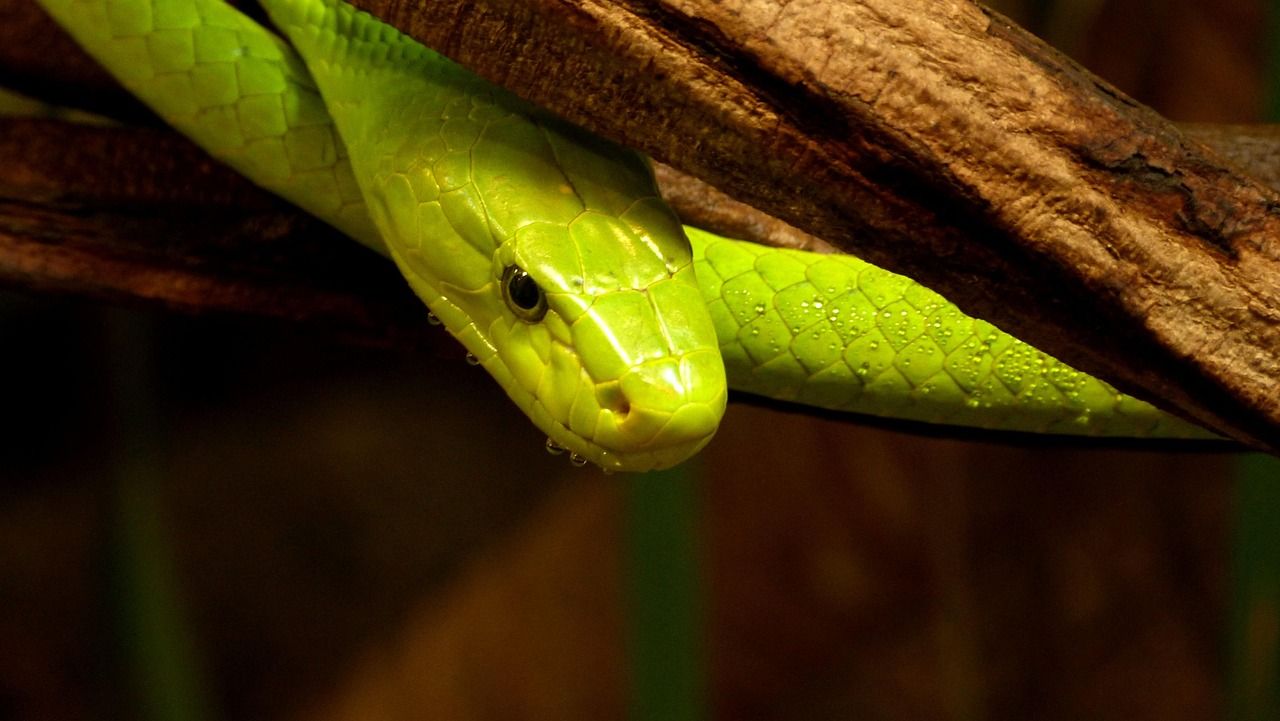Follow us on Google News (click on ☆)
Researchers have developed a broad-spectrum antivenom capable of neutralizing toxins from multiple species of venomous snakes. This innovation relies on human antibodies and a small inhibitory molecule, offering unprecedented protection. Tests on mice have shown promising results against snakes like the black mamba and king cobra.

Illustration image from Pixabay
The traditional method of antivenom production, using animals, has significant limitations. It is often species-specific and can trigger immune reactions in humans. The new approach, based on human antibodies, eliminates these drawbacks and paves the way for a universal treatment.
Tim Friede, the antibody donor, voluntarily exposed himself to snakebites for nearly two decades. His immune system developed a unique resistance to neurotoxins. Scientists isolated and combined his antibodies with an inhibitory molecule to create a cocktail effective against 13 of the 19 tested species.
The next steps include testing on domestic animals in Australia, where snakebites are frequent. Researchers also plan to develop an antivenom for vipers, the other major family of venomous snakes. This project will require significant financial support to move to the production phase.
The team hopes this antivenom can be made accessible to rural populations in developing countries, which are the most affected by snake envenomation. Philanthropic foundations and governments are called upon to support this initiative. The study's results were published in the journal Cell.
How does antivenom work?
Antivenom works by neutralizing the toxins present in snake venom. It contains specific antibodies that bind to the toxins, preventing their harmful effects on the body. These antibodies are typically produced by injecting small doses of venom into animals, such as horses, and then harvesting their antibodies.
The new method uses human antibodies, reducing the risk of immune reactions. These antibodies are combined with a small inhibitory molecule to enhance their effectiveness. This approach allows targeting multiple toxins simultaneously, providing broader protection.
Traditional antivenoms are often species- or region-specific. The development of a universal antivenom represents a major breakthrough for areas where multiple venomous species coexist. It could simplify stockpiles and treatment protocols in hospitals.
Research continues to extend this protection to vipers, another family of venomous snakes. The goal is to create one or two antivenom cocktails covering the majority of dangerous species, tailored to geographic needs.
What is self-immunization?
Self-immunization is a process where a person voluntarily exposes themselves to substances to stimulate their immune system. In Tim Friede's case, he allowed himself to be bitten by venomous snakes and injected small doses of venom to develop resistance.
This practice, though risky, enabled his body to produce antibodies capable of neutralizing multiple neurotoxins. These antibodies became the basis for the new antivenom. Self-immunization is not recommended without medical supervision due to potential dangers.
Self-immunization raises ethical and safety concerns, but in this case, it led to a major scientific discovery. The results could revolutionize snakebite treatment, especially in regions with limited medical care.